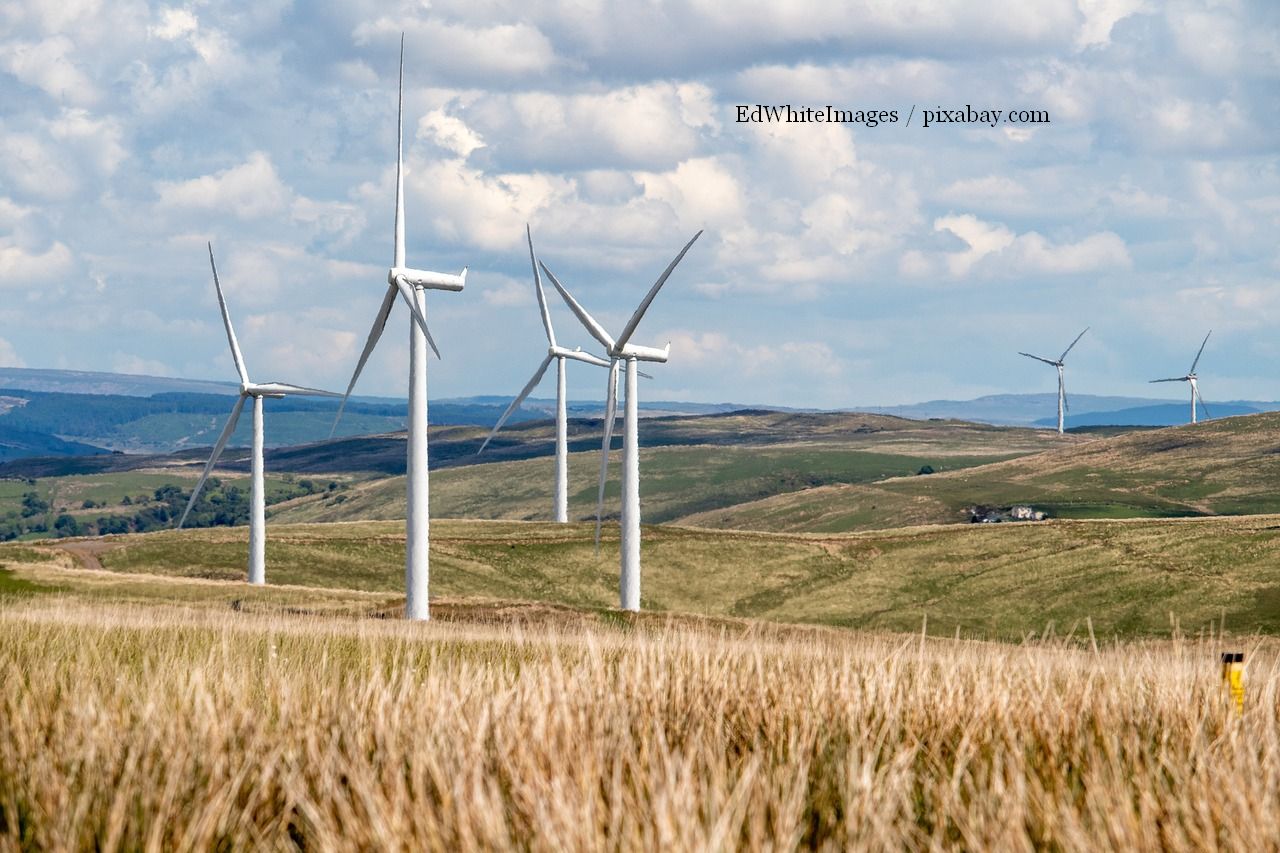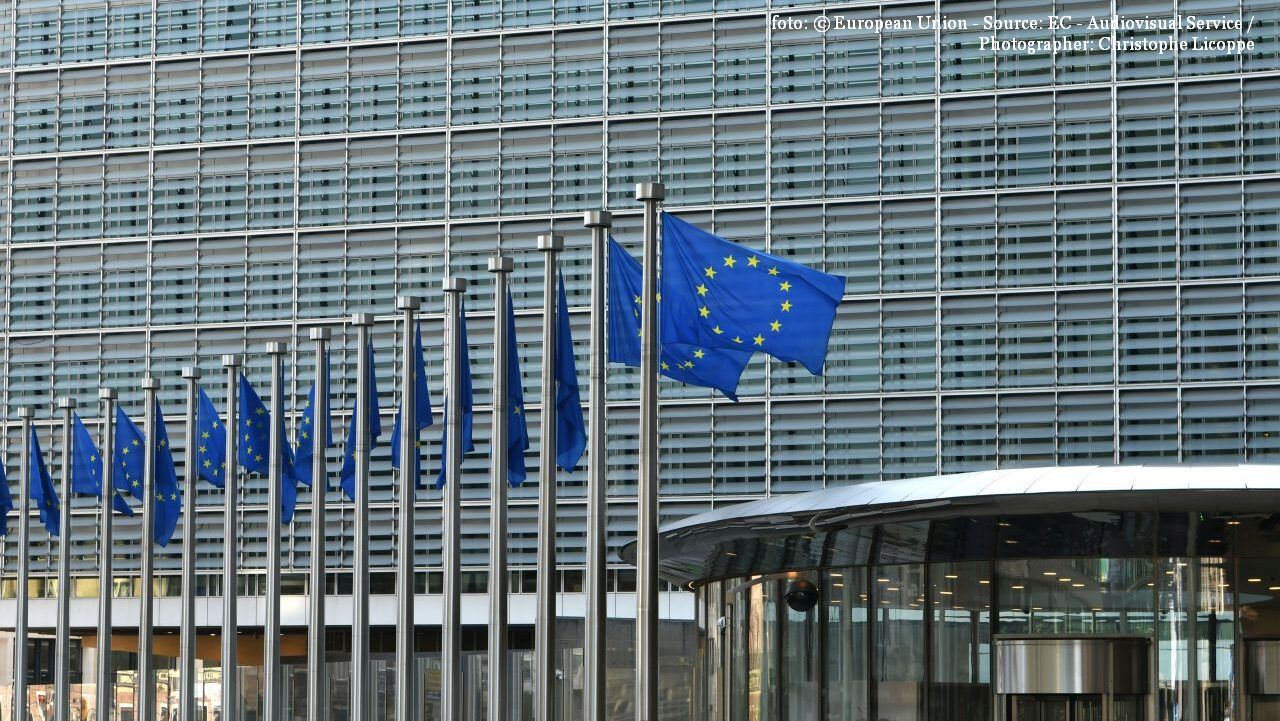Positive economic figures
Romanias economy continues to be on an upward trend.

Daniela Budu, 22.08.2019, 13:50
Romania’s GDP went up in the first half of this year by 4.8% as against the same period of 2018, according to the most recent data made public by the Romanian Statistics Institute and by Eurostat. The figures were announced on Wednesday by PM Viorica Dancila: “The second quarter of 2019 is the 5th one in which we have progressive economic growth, of more than 1% from one quarter to the other. In the first half of the year, direct foreign investment went up by 30% as compared with the same period of 2018.”
According to Dancila, Romania is second in Europe in terms of economic growth in the first three months of 2019. The PM also said that since the beginning of the year, over 53 thousand new jobs have been created. These figures are also confirmed by a study conducted by GfK Romania, showing that the per capita annual net income went up by 18% last year in Romania, to almost 5,100 euros, by 1000 euros more than in 2016. In terms of Romanians’ purchasing power, that is the annual net income after taxes and social security contributions are deducted, Bucharest and the counties of Cluj, Timis and Ilfov are the most developed areas. In the capital Bucharest, the purchasing power is by at least 20% over the European average.
The study also shows that, Sibiu, Brasov, Arad, Constanta and Alba Iulia are the cities that will soon be more developed than Bucharest, due to their good infrastructure and to the university centers there. An increase in living standards is reported in central Romania, where a new industrial zone is shaping up, that draws massive investment. Cluj, Timisoara and Brasov are top of the list in terms of European funds absorption and infrastructure development. Arad, located at Romania’s western border, has developed an important number of transport connections with the European road network, while Alba Iulia, in the center, tops the list of smart cities, with an important number of implemented projects.
At the opposite end there are the counties of Botosani, Vaslui, Calarasi and Giurgiu, where the purchasing power is way below the average at national level. (Translated by Elena Enache)






























